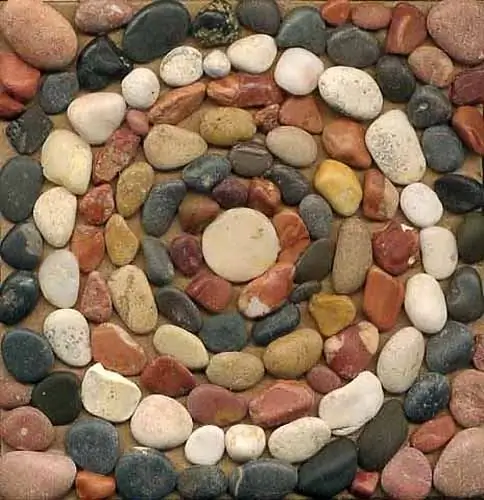If you are interested in drawing techniques, then the very first thing you should learn is building simple geometric shapes on a piece of paper, because in order to draw an object of a more complex shape, you must confidently depict basic shapes. In this case, the use of a drawing tool is not assumed. Drawing a circle by hand may seem daunting, but it is not. There are several easy ways to get a straight circle without using a compass.

It is necessary
- - pencil;
- - eraser;
- - lace / rope / ribbon.
Instructions
Step 1
The first way to draw a circle without a compass involves drawing a circle by fitting it into a square. Therefore, first draw by hand with light sketch lines the sides of the square. Its size should match the size of the circle you want to draw.
Step 2
Mark the axes of symmetry of the resulting square. These are the lines dividing it into equal halves on the sides (parallel to them) and on the diagonals. You should have four intersecting lines in the center of the square. Make preliminary constructions with light lines so that at the end of the work they can be erased, and your drawing is neat.
Step 3
The point of intersection of all axes of symmetry divides the diagonals into four equal segments directed from the center to the corners of the square. Divide each of these segments into three parts and measure from the center a distance equal to two-thirds. Place dots there and then connect them into another square.
Step 4
Using smooth curves, without pressing the pencil, draw a circle, "resting" on the vertices of the corners of the inner square and on the points in the center of each side of the outer one. The limited space between the two squares and clear guidelines will help you guide the circle more confidently.
Step 5
Gently, without rubbing the surface of the paper, remove the guide lines. It is especially important not to damage the paper if you plan to work with watercolors later.
Step 6
The second method is a little faster, but requires a more developed eye. Draw the axes of symmetry of an imaginary circle, similar to how it was described in the second step for the example of a square. The point of their intersection is the center of the shape.
Step 7
Along each axis, from the center in all directions, set aside equal segments equal to the radius of the circle. Connect the resulting points with a smooth line.
Step 8
Of course, you will need such tricks in the form of additional constructions, mainly at the initial stage of learning to draw. As you practice, you can eventually learn to create circles with one or two confident movements and without auxiliary lines. This is also facilitated by exercises on quickly drawing a large number of small (about 5 cm in diameter) circles without preliminary construction.
Step 9
Use a string or string to draw a large, even circle. Measure the approximate radius of the circle on the cord. Take one end of the cord and press it against the intended center of the circle. With your other hand, hold the other end of the cord (with tension) and the pencil at the same time, draw a circle.






